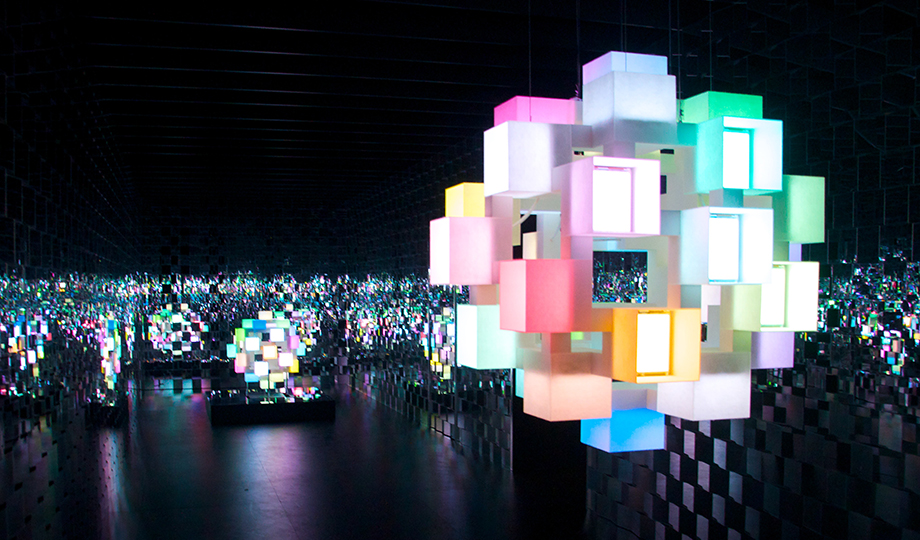A research project led by Brunel University London and a consortium of partners including Marks & Spencer, Tata Steel and AIXTRON plans to reduce the production cost of flexible OLED lighting panels to bring more options for lighting.
The project, Flexolighting, was a three-year program supported by the EU Commission, focusing on developing a set of new materials, methods and processes to address the key issues of lifetime, light uniformity over large areas and the current limitation of OLED technology. Through the research, the team intends to cut down the cost of producing OLED from the current position of around €15 (US$ 17.5) per 100 lumens to around €1 (US$ 1.17) per 100 lumens. By reducing the production cost of flexible OLED panels by over 90 percent, the project hopes to promote OLED as a new lighting system of choice for an entire range of potential applications.

(Image: Luca Volpi)
“Flexolighting essentially deconstructed the OLED panel and re-imagined it as a series of individual elements that together can be repackaged to realize cost-effective, environmentally-less harmful, and beautifully designed lighting solutions,” said Professor Poopathy Kathirgamanathan, Chair Professor in Electronic Materials Engineering at Brunel.
Flexolighting has introduced a number of innovative new techniques, including “printing” some of the OLED’s layers onto flexible steel rather than glass, and using a newly developed light extraction film to double the OLED’s illumination, the group achieved a potential cost of €1.20 (US$ 1.4) per 100 lumens – or a 92 percent reduction in cost.
Prof Kathirgamanathan added, “The result is a highly innovative concept. By breaking away from existing limitations, we now no longer need to rely on glass substrates and glass encapsulation – we can turn the OLED upside down, maintain conductivity with alternative anodes and cathodes, process the device in a new way and protect it with a thin film. The end product is one that can be formed into an infinite number of design choices, and it was all made possible with European expertise and know-how.”
The team has not released any products adopting the new techniques from the project yet. However, researchers are looking forwards to various applications in a number of industries, from lighting to wearable technology.












